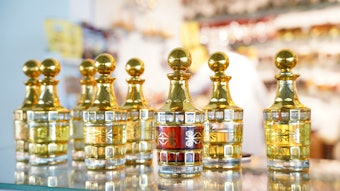
It is interesting to consider how cosmetic scientists have given microorganisms, collectively speaking, a second chance. Some will always be the scourge of microbiologists and quality control but others have been revisited for their utility in fermentation to develop biotech-driven ingredients. And while all microbes were once targeted for obliteration by antimicrobial cleansers, we have learned there are good and bad actors – the former becoming a cornerstone of a major movement in personal care: the skin microbiome.
As the industry knows, the skin microbiome is an enigma. It has been classified as the keeper and protector of skin health but the specific dynamics remain a mystery. While some facets have been elucidated, e.g., quorum sensing and the potential for pre-, pro- and postbiotics to support commensal entities, it is nearly impossible to detangle human from third party actions. In fact, Briggs wrote that the microbiome should be considered part of the human organism.
Beauty innovators have accepted the skin microbiome challenge, growing the global market to some US $381.5 million in 2022. Per Grand View Research, this will expand at a CAGR of 10.9% from 2023 to 2030.* Drivers include: increased consumer adoption of pre-, pro- and postbiotics, microbiome-friendly cleansers, barrier repair products and moisturizers; treatments to address acne, eczema and psoriasis; and interest in the microbiome to maintain skin health by protecting against pathogens and regulating immune and inflammatory responses.
Our latest issue merges ideas around the skin microbiome and concepts in skin health. Briggs, et. al, debunk nine myths surrounding the microbiome and projects its potential for our industry. Lawrence clarifies definitions in this field and explores reasons for misconceptions. Abrutyn proposes a formulating approach to maximize moisture and improve skin health, while Dobos examines psoralens and terpenes in botanicals and their allergic potential upon exposure to UV and oxygen.
The Expert Opinions piece considers current and future trends in skin health, while Steventon looks to skin care to improve self-worth. Finally, the Industry Insight with Samanci considers bee-derived products for skin health and immunity.
Bonus themes this month include a biodegradable silicone alternative for AP/deo products and a U.S. regulatory update – not to mention our C&T Allē Awards finalist list.
We hope your New Year merges peace and joy with formulating success!











